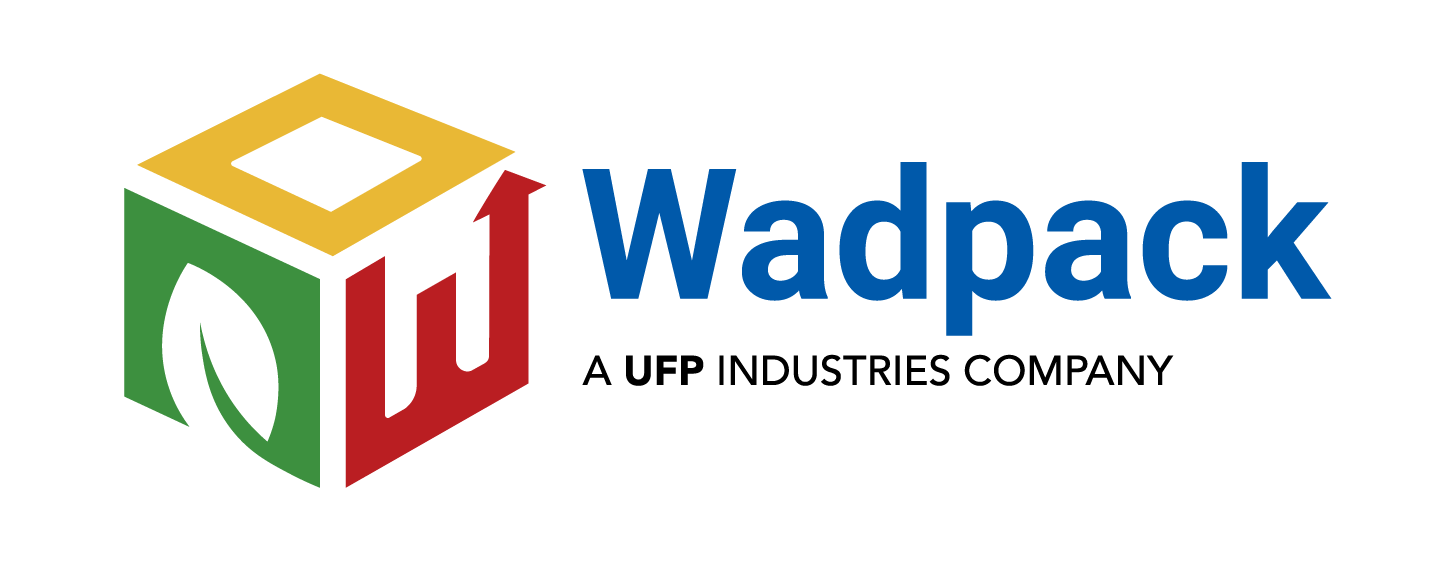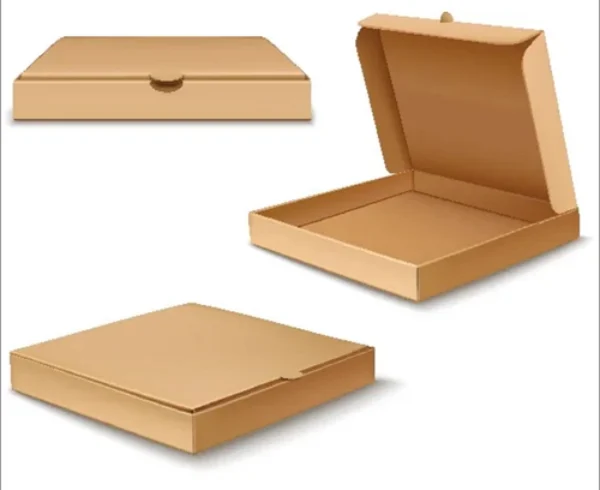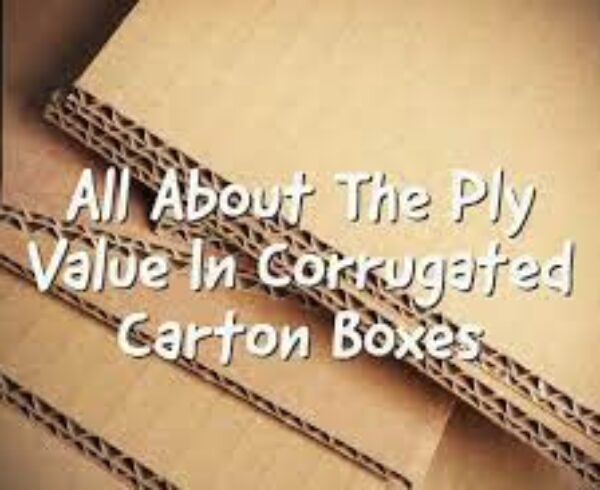How does this corrugated box ensure the safety of its contents during transport?

A corrugated box, such as a 7-ply corrugated box, ensures the safety of its contents during transport through a combination of structural integrity, cushioning, and protective features. These elements work together to provide reliable protection against external forces, impacts, and environmental factors that could potentially damage the items inside.
- Structural Integrity: The construction of a corrugated box involves multiple layers of corrugated board, which consists of a fluted sheet sandwiched between two flat linerboards. This design creates a rigid and sturdy structure that can withstand stacking, compression, and other forces experienced during handling and transportation. The strength of the box helps prevent it from collapsing or being crushed, ensuring that the contents remain intact.
- Cushioning and Shock Absorption: The fluted sheet in the middle of the corrugated board serves as a cushioning layer. It acts as a shock absorber, absorbing impacts and vibrations that occur during transit. This cushioning effect helps protect the contents from sudden jolts, drops, and other physical stresses that could potentially cause damage. The cushioning properties of corrugated board are especially beneficial when shipping fragile or delicate items, as they help minimize the risk of breakage.
- Impact Resistance: The multiple layers of corrugated board provide an added level of impact resistance. They distribute and dissipate the force of an impact across the surface area of the box, reducing the likelihood of damage to the contents. This is particularly important in situations where the box may be subjected to rough handling or encounters with other objects or surfaces.
- Stacking Strength: Corrugated boxes are often stacked on top of each other during transportation and warehousing. The inherent strength and rigidity of the 7-ply corrugated box enable it to withstand the weight and pressure exerted by the boxes above. This stacking strength prevents the boxes from collapsing and protects the contents from being crushed or deformed.
- Protection against Moisture: Corrugated boxes can be treated or coated to enhance their resistance to moisture. The linerboards on the exterior can be manufactured with water-resistant coatings or laminations, which act as a barrier against moisture penetration. This helps to protect the contents from exposure to rain, humidity, or other sources of moisture that could cause damage, such as warping, mold growth, or deterioration.

- Protection against Dust and Contaminants: The construction of a corrugated box provides a degree of protection against dust, dirt, and other contaminants. The tight-fitting design and overlapping flaps of the box help to minimize the entry of external particles, keeping the contents clean and free from contamination during transportation.
- Customization and Additional Protective Measures: Corrugated boxes offer flexibility in terms of customization and the ability to incorporate additional protective measures. For example, manufacturers can include inner packaging materials such as foam inserts, bubble wrap, or dividers to create further cushioning and separation between items. These additional protective elements can be tailored to the specific requirements of the contents, ensuring a snug fit and minimizing the risk of movement or collision.
- Labeling and Handling Instructions: Proper labeling and handling instructions on the corrugated box contribute to the safety of its contents during transport. Clear and visible labels indicate the fragile nature of the items or any specific handling instructions, prompting handlers to exercise caution and follow appropriate procedures. This helps reduce the likelihood of mishandling or improper stacking, minimizing the risk of damage to the contents.
- Quality Control and Standards: Corrugated boxes are manufactured according to industry standards and undergo quality control processes to ensure their reliability and performance. Manufacturers adhere to specific design and construction guidelines to meet the requirements of shipping and transportation. These standards help to ensure consistent quality and provide assurance that the corrugated boxes are suitable for protecting the contents during transit.

In summary, a 7-ply corrugated box ensures the safety of its contents during transport through its structural integrity, cushioning properties, and protective features. The multiple layers of corrugated board provide strength, impact resistance, and shock absorption, while additional measures such as moisture resistance and dust protection enhance the box’s performance. Customization options, labeling, and adherence to quality standards further contribute to the safe transportation of items within the corrugated box.




Leave a Comment